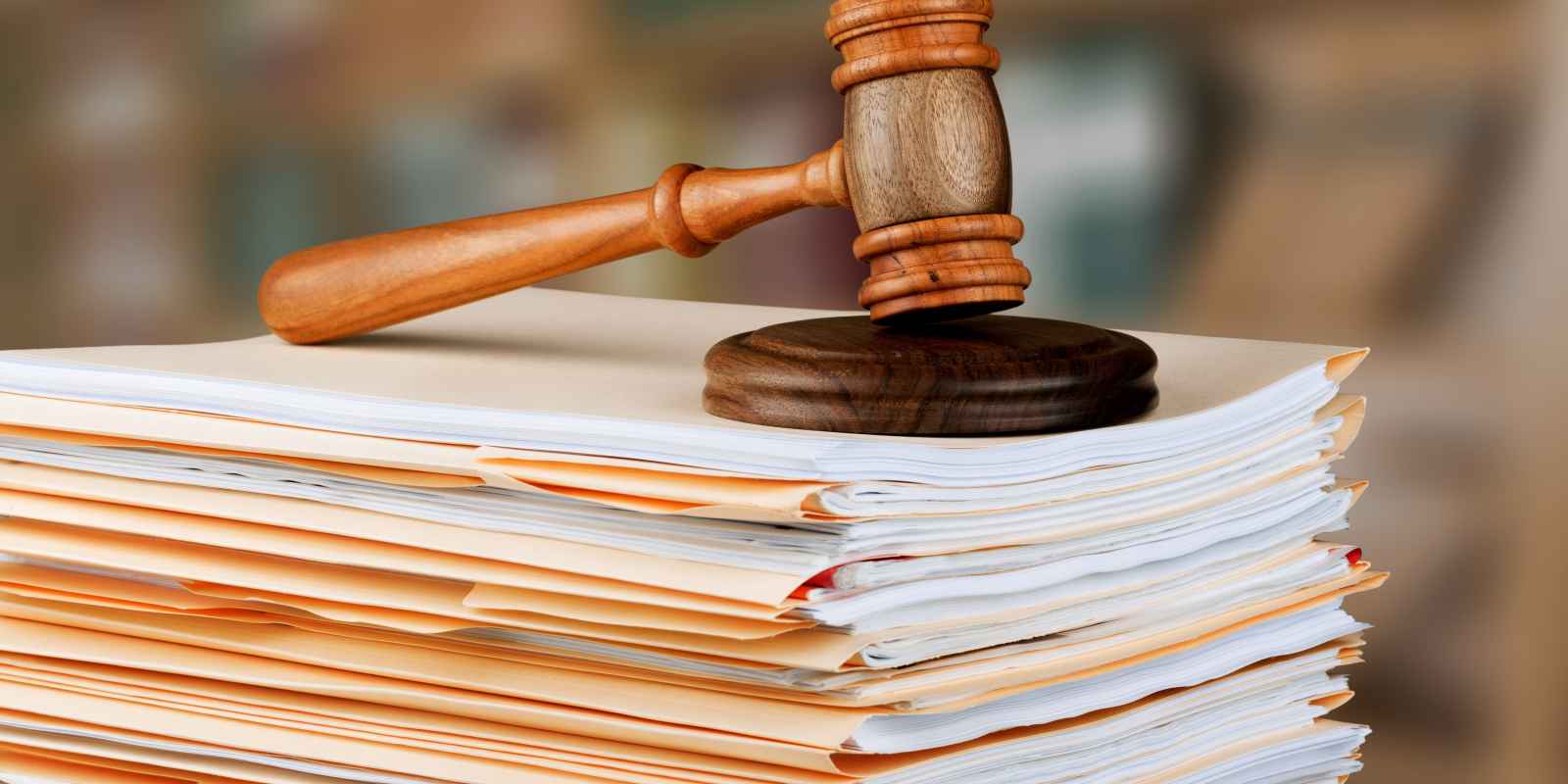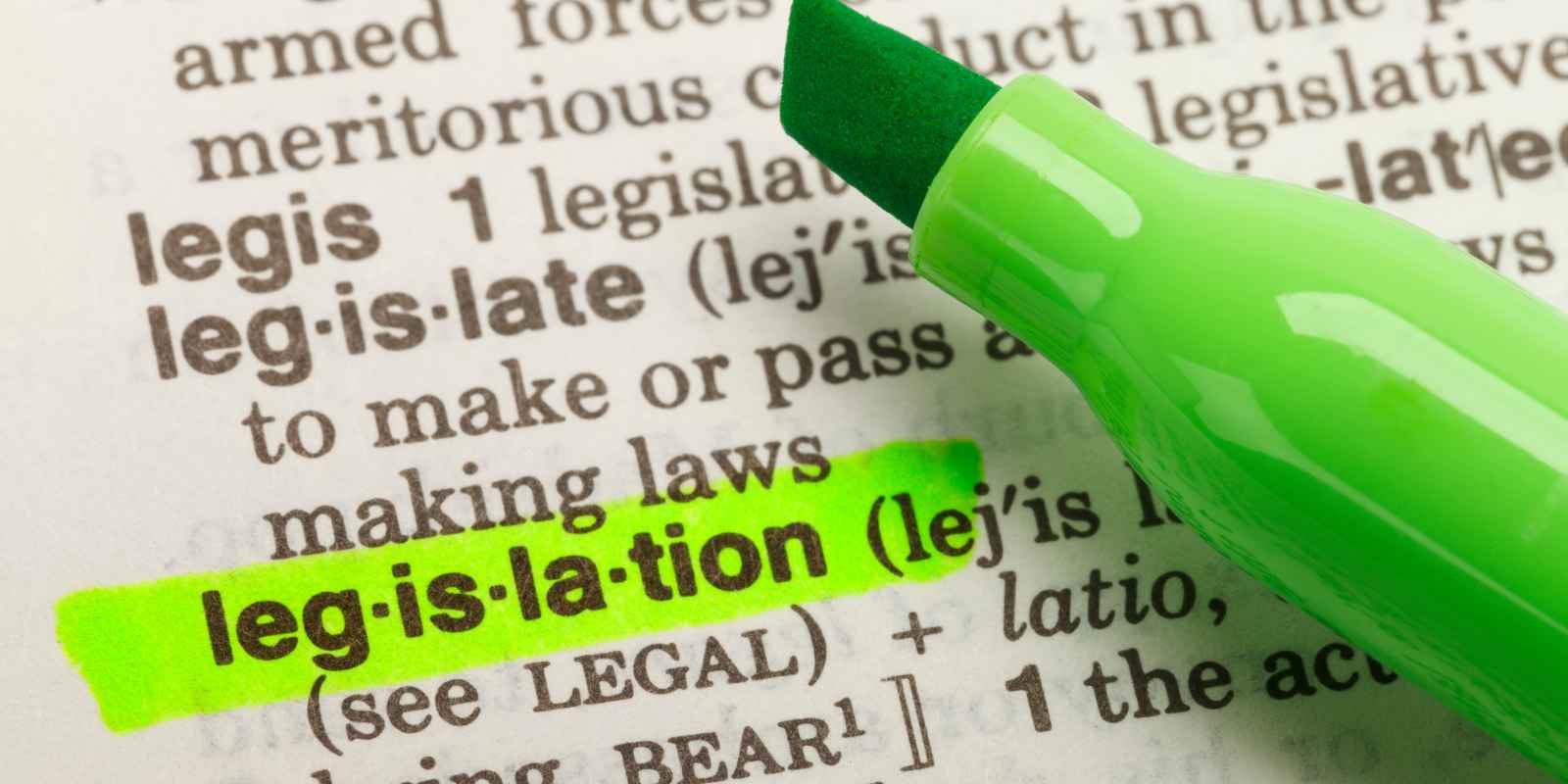Learn more about the Georgia Legislature's process from concept to bills becoming laws.
Legislative Process
Bill Drafting and Introduction

- A legislator sees an issue that they want to address. They can make this change by creating a new law or making changes to an already existing law.
Legislator — a person who makes laws; an elected member of the Georgia General Assembly. Also: politician; representative; lawmaker.
- The legislator decides to address the issue by introducing a bill to the Legislature.
Bill — a draft of a proposed legislation that will become law if passed by the Legislature and Governor.
Legislature — the lawmaking branch of government consisting of the House of Representatives (the lower chamber) and the Senate (the upper chamber).
- To draft the bill, the legislator seeks advice from the Office of Legislative Counsel, where an attorney gives the representative legal advice and helps to draft the bill.
The Office of Legislative Counsel — this office provides nonpartisan and impartial advice to the legislator on drafting bills.
Drafting a bill — writing the legislation.
- Once the bill is drafted, the legislator must file the bill with either the Clerk of the House or the Secretary of the Senate. Bills can be prefiled by committees before the session convenes, but all formal action on a bill must take place during a legislative session. Either way, the bill receives a title beginning with H.B., H.R. (House Bill, Resolution), S.B., or S.R. (Senate Bill/Resolution).
Clerk of the House — an officer of the House of Representatives whose primary responsibility is keeping records, filing, letter writing or transcribing for the House.
Secretary of the Senate — an elected official who oversees the day-to-day operations of the Senate.
- Now that the bill is filed with either the Clerk of the House or the Secretary of the Senate, it will be introduced on the first legislative day after filing.
Legislative day — a day when the House of Representative and Senate meet in the Georgia state capitol.
Introducing the bill — the bill is introduced to the chamber and referred to a committee. This is the bill’s first reading; the bill’s title must be read three times in each chamber to pass the Legislature.
Chambers — another word for the House and Senate. The House of Representatives makes one chamber and the Senate makes the other.
Bill Committee Process

- After the bill is introduced to the chamber, it is assigned to a standing committee.
Standing committee — a permanent committee that is committed to one subject area. For example, the Budget Committee is a standing committee. These committees consider bills and recommend next steps for the bill.
- Once the bill is assigned to a standing committee, in the House only, the Clerk of the House reads the title of the bill in the chamber on the next legislative day. This is the second reading of the bill for the House. In the Senate, the second reading occurs after the bill receives a favorable committee report. (See Step #5).
- The bill is then considered and debated within the committee it was assigned to. In these committee meetings, the legislator and their peers may testify on the bill’s behalf. If the bill is controversial, it may require public hearings.
- The committee makes one of four recommendations: Recommend Do Pass; Recommend Do NOT Pass; Recommend Do Pass with changes (amendments or substitutes); or Hold Bill. (no action taken). In cases of Holds, the bill may be referred to a subcommittee for consideration and/or amendments, then returned to the full committee for deliberation. If the committee takes no action on the bill, it “dies.” Most introduced bills die in committee.
Subcommittee — A subset of the full committee with a specific subject matter focus
Amendments vs. Substitutes: Amendments are changes to the text of the bill presented to the committee, whereas substitutes are alternate bills forwarded by the committee in lieu of the originally deliberated bill.
- The committee reports its final action to the full chamber via a written report. If the full committee approves the bill (i.e., recommends the bill to pass), it is sent back to the Clerk of the House or the Secretary of the Senate. On the legislative day after the committee report, the bill has its second reading in the Senate (The second reading in the House occurs before committee deliberation — See Step #2).
Bill Floor Process

- The Clerk of the House or the Secretary of the Senate prepares a General Calendar of bills favored by their respective committees.
General Calendar of bills — a list of bills that have gone through the first two sections.
- For the first 10 days of the session, the presiding officer calls bills up for floor action.
Presiding officer — a majority-party House or Senate member that presides over the chamber. This official maintains order and decorum, calls on members to speak, and interprets the chamber rules, practices, and precedents.
- For the rest of the session, each house will operate under a Rules Calendar set by the Rules Committee. The Rules Committee meets before each legislative day to set the agenda for the next day’s floor action. The committee has the discretion to decide which bills are most important or most deserving of consideration on the floor, and some bills reported favorably from committee may never make it onto the rules calendar.
Floor action — a catch-all term for procedures that happen on the floor of the chamber during session
Rules Committee — the committee responsible for setting the rules/procedures under which bills are presented to the legislature. The Rules Committee is unlike other committees in that it deals with procedural questions rather than a topic area or thematic thread (e.g. agriculture).
- The presiding officer calls bills to the floor in accordance with the Rules Calendar. The Clerk of the House or Secretary of the Senate reads the bill’s title, constituting the third reading.
- The bill undergoes debate and amendments. Then the main question of the bill is called, and members vote on it. If a majority of the members vote to pass the bill, it is signed by the Clerk of the House or Secretary of the Senate and transmitted to the other chamber. Otherwise, the bill “dies.”
- After the bill is passed by one chamber and transmitted to the other, the second chamber repeats Step #5. In most cases, the second chamber will amend the bill before passing it. If the second chamber passes the bill, it is sent back to the originating chamber.
- If the originating chamber accepts the amendments by the responding chamber, the bill is approved and sent to the Governor. If the originating chamber rejects the amendments, the legislature may form a committee conference.
Committee conference — a group of three members from each chamber (the Speaker of the House and President of the Senate make the appointments for their respective chambers). Committee conferences are tasked with reconciling the House and Senate versions of the bills. Once the conference committee makes its final report, passage of the bill requires that both chambers agree to the report.
- Once the bill is approved — either 1) by passage by the originating house and responding house, plus the originating house’s approval of amendments, or 2) by approval of the committee conference’s report by both houses — it is sent to the Governor. A bill can be sent to the Governor immediately after passage if requested, or by default it will be sent over on the final day of the legislative session.
The Governor

- The Governor has three options: Approve, veto, or pocket veto.
Approve: If the bill is sent during the legislative session, the Governor has six days to approve to bill. If transmitted on the last day of session, he has 40 days to approve the bill If he does so, the bill becomes law.
Veto: If the bill is sent during the legislative session, the Governor has six days to veto, or reject, the bill. If transmitted on the last day of session, he has 40 days to veto a bill. The General Assembly may override gubernatorial vetoes with two-thirds majority votes in each house during the next legislative session.
Pocket veto: If the Governor neither approves nor vetoes the bill before the deadline, then the bill is approved by default in a procedure known as a pocket veto.
- The bill, once approved by the Governor or saved from a veto by a two-thirds vote, becomes law! Generally, bills are drafted to amend the OCGA (Official Code of Georgia Annotated), a complete collection of extant law in the state. So a bill becoming a law specifically indicates that the OCGA will be amended in accordance with the text of the new law.